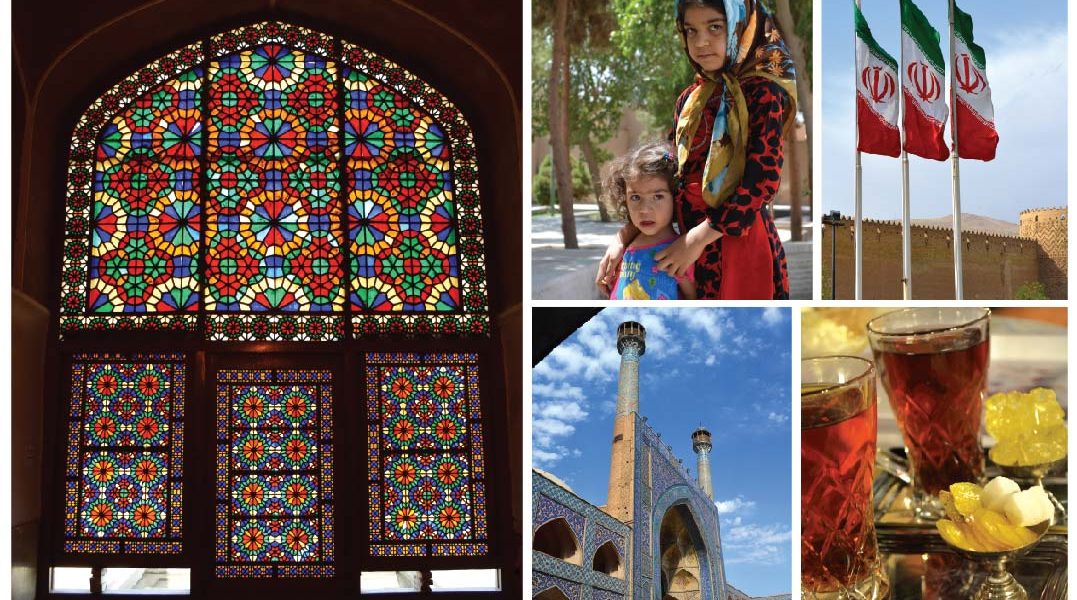Phtoghaphs by Zareef Cader
Iran is known to be an empire of poetry and perfume, flowers and pomegranates, art and architecture and of course cuisine. Food has always been the effective way of forging connections with people and cultures of other countries. Persian cuisine and food traditions are among the most sophisticated, elaborate and complex in the world. Though the Arabs did conquer the mighty Persian Empire in the 7th century, they were in turn conquered by the highly civilised and influential culture of the Persians. As we travelled along the ancient caravan route the complexity and diversity of its cuisine unravelled. Climate, geography, history and religion have all shaped its evolution.
[masterslider id=”76″]Pitched for change
Walking along Tehran’s busy sidewalks the contradictions are apparent. Anti US graffiti painted buildings are a sharp contrast to the overwhelmingly friendly locals who will close there shops and walk with you as a guide. Trendy cafes stand next to old fashion teahouses, European branded stores face the old bazaars, women with traditional cloaks walk alongside fashionistas. It is a city and a nation on opposing sides. We leave early the next morning for Mount Tochal, which is popular for skiing or hiking. The village Darband, located at 1700 meters is built onto sides of the mountain. The winding climb up the alleyway is dotted along with traditional restaurants and shops. It’s a picturesque backdrop, with rushing streams and dense spruce and cypress covered mountains topped off with snow peaks. At the restaurant we order the rose flavoured black cumin sherbet, followed by an array of kebabs. Kebabs are the staple meal across the country. Lamb minced or in chunks marinated with herbs and onion juice is grilled to perfection on hot coal. It is served with onions, grilled tomatoes, saffron infused rice, flat bread, green salad and a yoghurt drink. Our favourite was Kebab Koobideh, minced lamb mixed with herbs that simply melts in your mouth. At night we head to Azari Traditional Tea House for dinner. We sat on a Persian style daybed lined with carpets over cushions. The ceiling and floors were decorated, stained glass windows, gilded painted walls, carved wooden doors and colourful mosaic tiles takes you back to a time of Persian extravagance. The live music was so rhythmic that you can’t help but swoon to the beat and join the locals clapping and singing merrily. Tea,with an array of sugar and candied sweets are served first. Followed by kebabs, Zereshk Polow, and Tabriz style meatball that is stuffed with a boiled egg and dried fruits.
The following afternoon we stepped into a subterranean restaurant near the bazaar for lunch and ordered Dizi, a Persian stew, slow cooked for over 12 hours in a small heavy metal pot. This is a perfect restorative after a long tour of museums. Once the pot is served, the liquid is drained onto a side bowl and using a pestle we take turns to smash up the meat and beans to a pulp. Then eat it with flat bread, pickled vegetables and the broth.
Next morning we head out of Teheran south to the city of Rey. Alexander the Great and the subsequent invaders the Arabs, Mongols and the Seljuk Turks all left their marks on this ancient city. The 12th century Toghrol Tower still calculates the time with precision. The Shah Abdol Azim Shrine is decorated with mirror work, has several courtyards, a golden cupola and tile minarets. Faced with all this, you can’t help but feel overwhelmed. We drive further south and reach the holy city of Qom. The shrine of Masoumeh, the sister of Imam Reza, is located here and is one of the most conservative cities in the country. Qom is famous for ‘Sohan,’ a confectionery made from flour, rose water, sugar, butter, saffron, cardamoms and pistachio. Shops that line the courtyard are filled with traditional sweets and we pick up a tin or two. We reach Kashan by midday; it is an oasis town on the edge of Iran’s northern desert.
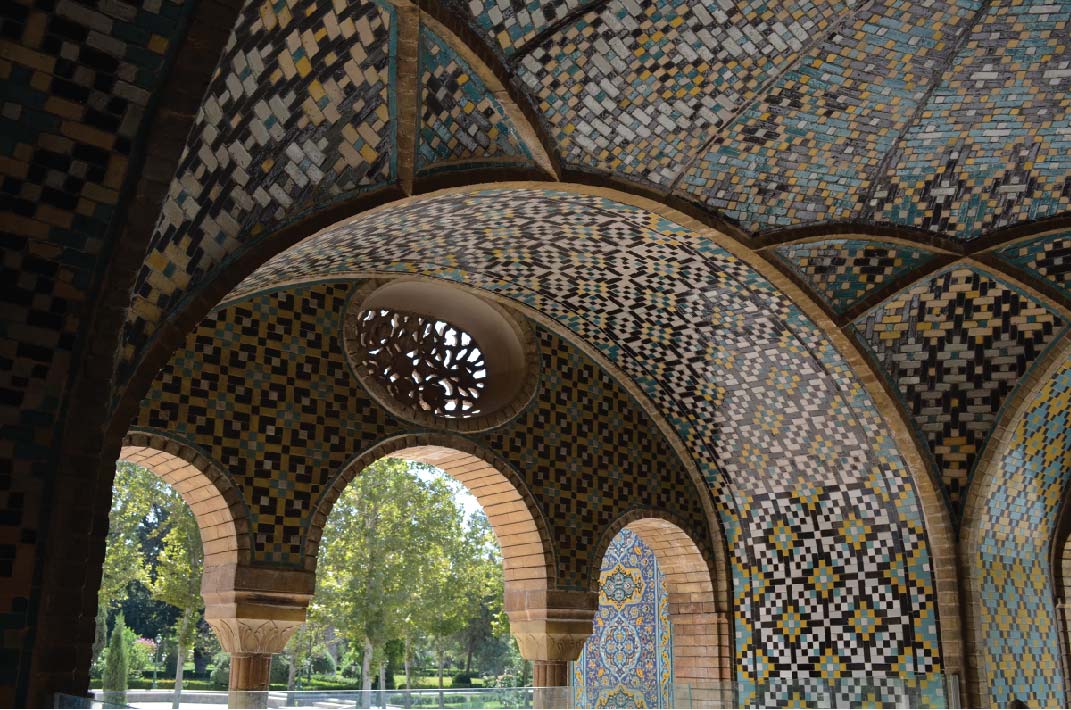

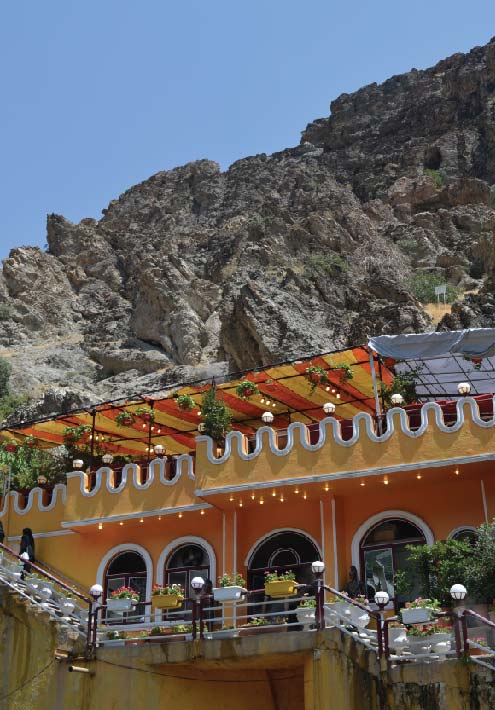


Must see in Theran :
Golestan Palace
Azadi Tower
The National Jewelry Treasury
Reza Abbasi Museum
Niavaran Palace Complex
The oasis city
Kashan was believed to be the city from where the three wise men followed the star to Bethlehem and witnessed the nativity of Jesus. The Seljuk’s in the 11th century built a fortress that still stands today. During the 16th century Safavid Shahs’used it as a vacation spot. Situated on the ancient caravan route it was also rich with wealthy merchants and had highly advanced public facilities such as gardens and bathhouses. We booked into the Manouchehri House, a nine-room boutique hotel that was originally a traditional merchant house, located in the oldest part of the town. The houses are hidden away behind high walls at the end of narrow twisting alleyways and the simplicity of its exterior gives little clue to the delights within. All that is visible from the street are the massive wooden front doors, each with two different doorknockers, a heavy one for male visitors and a lighter one for women. Each has an octagonal vestibule where visitors are received and from there, separate passageways leads to public entertaining area or to private internal quarters where the family lives. Each house seems more beautiful than the other. With courtyards, reflection pools and wind tunnels that provide natural cooling, it is a sight to behold. The gardens host fig, orange, pomegranate, flowerbeds and Kashan’s famous roses.
The following morning we set out further south to the small 13th century village of Abyaneh. This ancient fortress safeguarded the Zoroastrian lifestyle from modernity. Red mud-brick houses with wooden balconies and decorated doors along narrow alleyways. The folks are elderly and women wear rose printed scarves and floral dresses. The only mode of transport is by foot or a donkey. Back on the highway across the great Dasht-e-Kavir desert, we continue on to Iran’s most infamous city Natanz. We pass the heavily fortified underground nuclear plant only to stop a few miles away at the magnificent Jameh Mosque. This mosque is one of the best preserved of all Ilkhanid-era buildings.
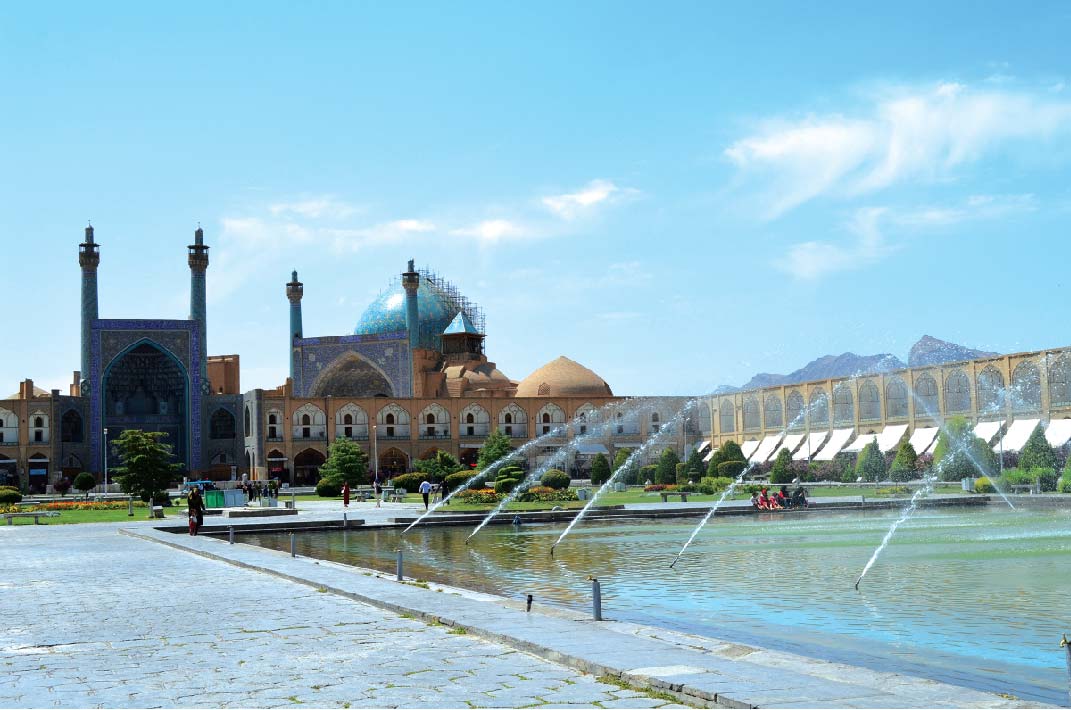
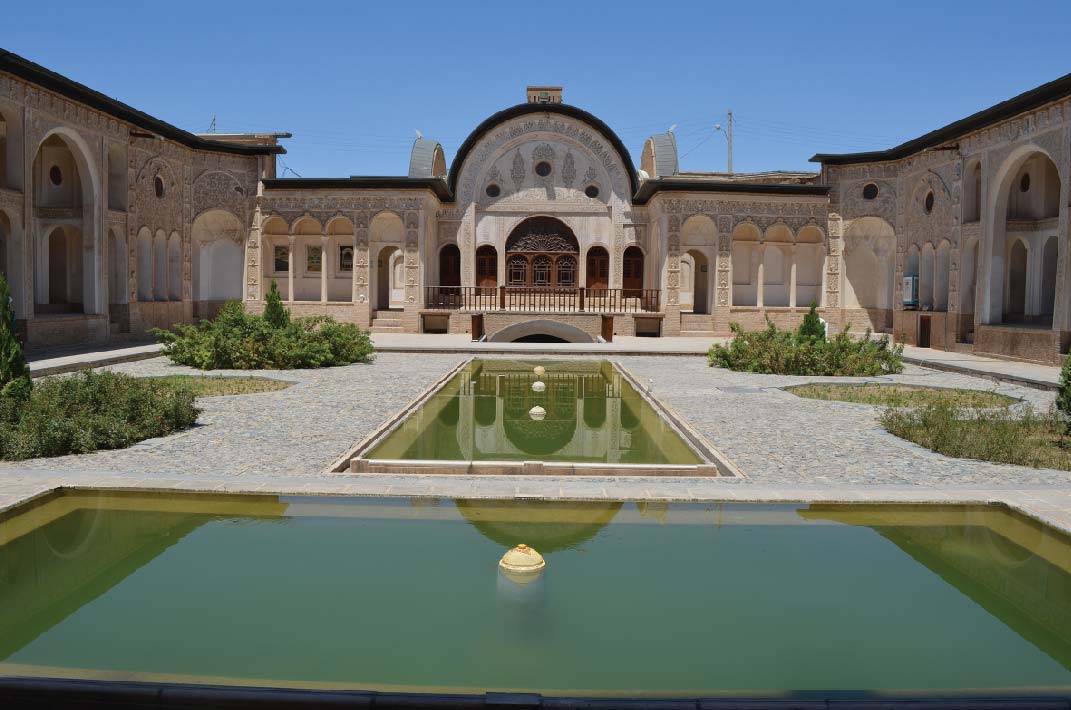
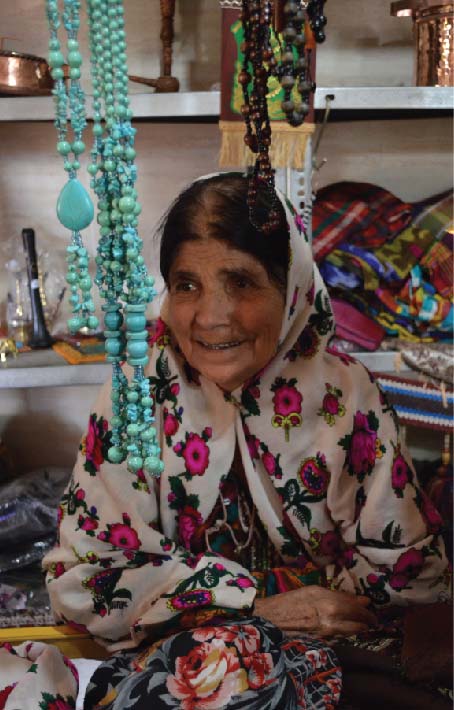
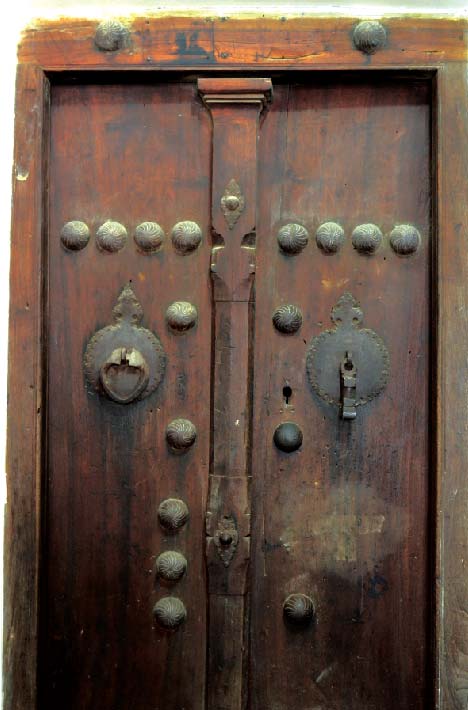
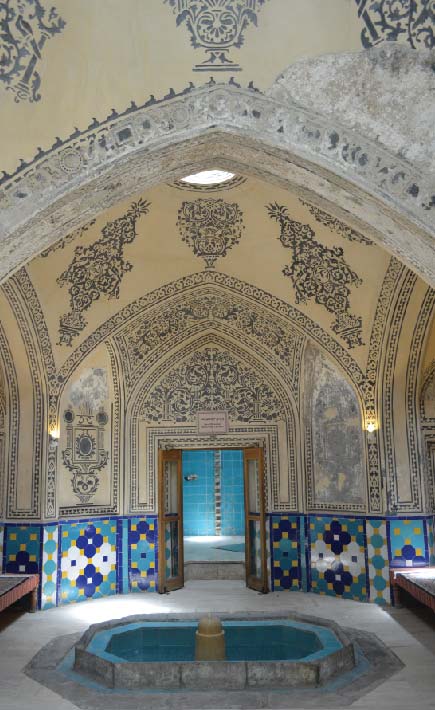
Must see: Kashan
Agha Bozorg Mosque
Boroujerdi House
Tabatabaei House
Sultan Amir shrine and bath
Fin Garden and Bath
Kashan Bazaar and Timcheh-e Amin o Dowleh
Esfahannesf-e-jahan
Located in the lush plain of the Zayanderud River, at the foothills of the Zagros mountain range this was the capital city of the Buyids, Seljuks and the Safavids. Massive building projects that epitomise Persian art and architecture flourished during Shah Abbas’s Safavid rule. The city is ordained by beautiful boulevards, gardens, covered bridges, palaces, tiled mosques and carved minarets that still fits the Persian proverb, “Isfahan is half of the world.” The Naqsh-e-Jahan Square is one of the largest city squares in the world and is recognised as a UNESCO as a World Heritage Site. There is nowhere more associated with refined glories of Persia than Isfahan. We stand on the impressive balcony of the Ali Qupa palace, high above the Maidan-e-Naqsh-e-Jahan gazing at the glittering tiled domes, portals, polo pitch, fountains, garden and the sprawling bazaar. The sheer grandeur and beauty of Imam mosque brought tears to my eyes. Their local classic is Beryani. No, it’s not ‘biryani’ as our guide explained, instead it is a dish made from pounded lamb topped with walnuts and caramelised onions and served with bread.We head out on the desert highway once again and on the way we see pigeon towers, wind catches, underground water cisterns, Safavid era icehouses, caravansary and the ancient Maybod citadel. However, the 8th century Jame Mosque of Nain is the most impressive landmark along the way.

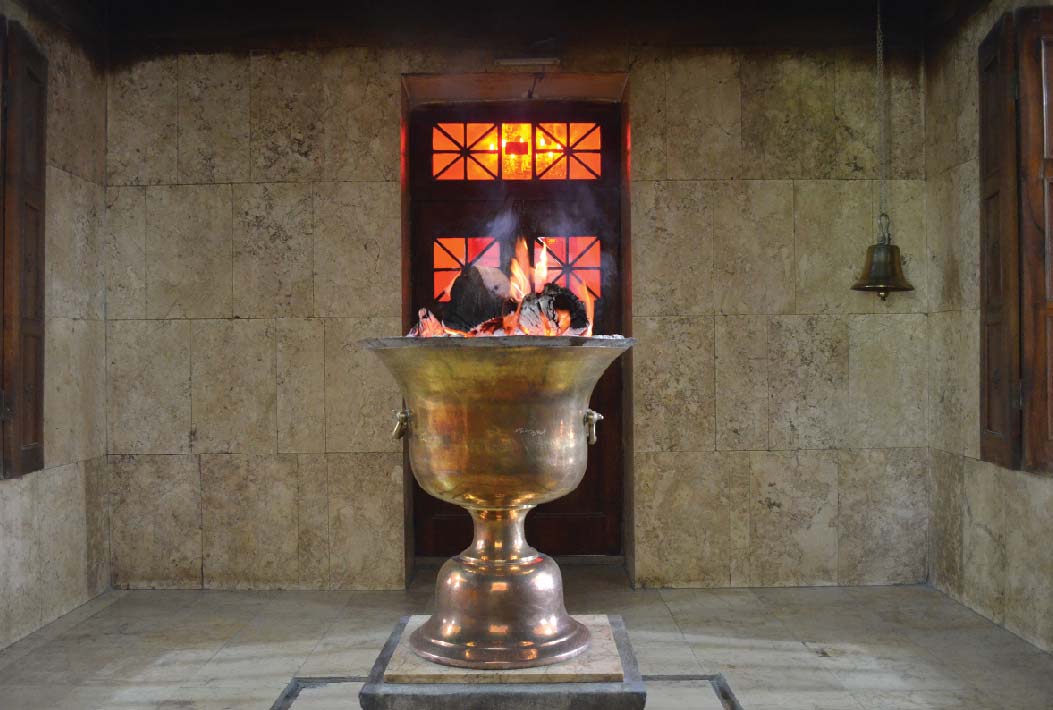
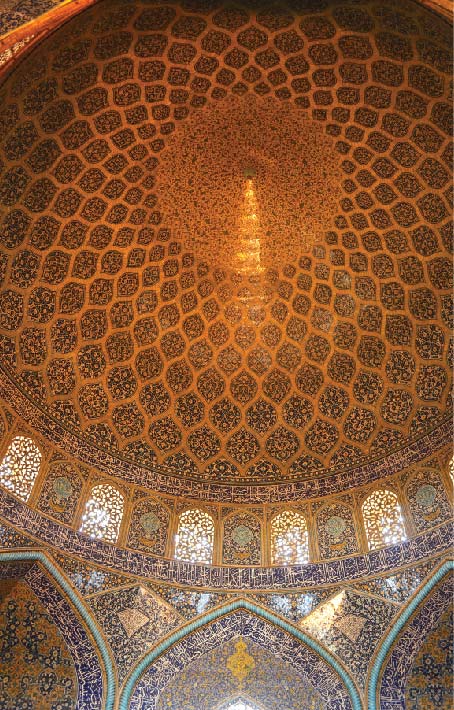
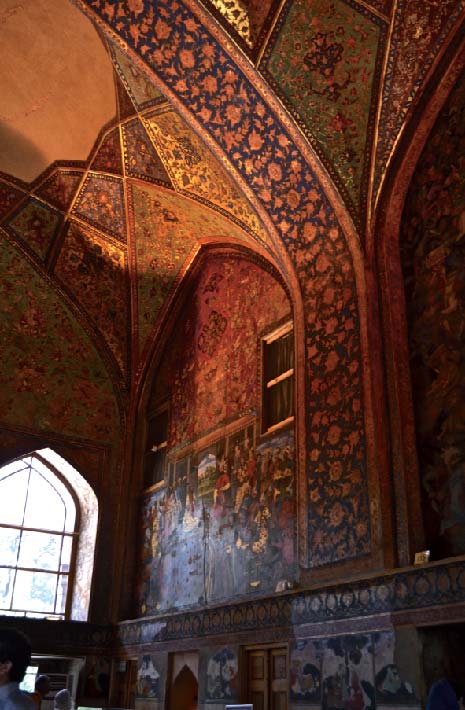
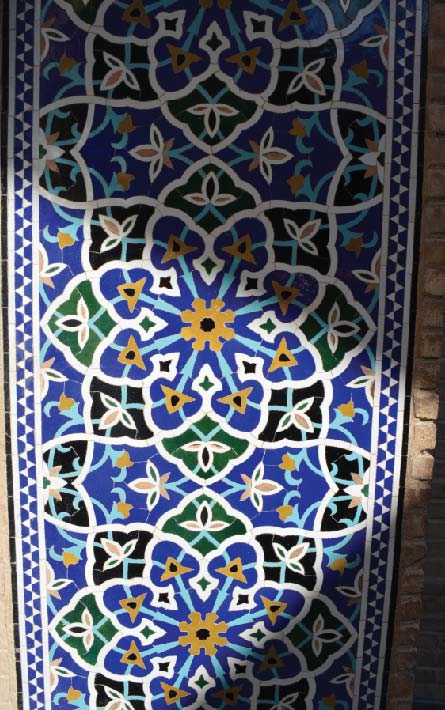
Must see Isfahan:
Naqsh-e Jahan Square
Imam Mosque
Sheikh Lotfollah Mosque
Isfahan Bazaar
Aali Qapu Palace
Ali minaret
Vank Cathedra
Bedkhem Church
Jameh Mosque of Isfahan
HashtBehesht Palace
Khaju Bridge
Siosepol Bridge
Chehel Sotoun
The Monar Jonban (Shaking Minarets)
Atashgah – Zoroastrian Fire Temple
Fire and sand
Yazd is a desert city and the centre of Zoroastrian culture. The adaptation to its desert surroundings makes this city architecturally very unique. Ancient homes, mosques and bazaars are built underground, accompanied by multiple wind catchers that keep it cool, even today.
Like all other cities Yazd too has its share of delicacies. The camel meat stew is interesting and the beef curry was spicier than anything I had tasted in Iran. Walking in the bazaars you can’t help but notice the local population looks and feels very different to the other cities. They wrap themselves in a floral printed georgette sari and look more a mix of Indian and Arab than anything remotely Persian. As our guide explained that they are from Banda Abbas situated along the Persian Gulf coastline and lived in Yazd creating an interesting demographical mix. Our next leg was across the desert further southwest to Shiraz. Along the way we stopped and had tea with the Qashqai nomads who live off of goat herding, and weaving nomadic carpets. Their warmth was humbling. Soon, we drove off to Pasargadae where sat the 4th century BC tomb of legendry Cyrus the Great. After a long journey across the desert we finally drove through the iconic Quran gate and arrived at the city of poetry, roses, nightingales and once famous wine by dusk.
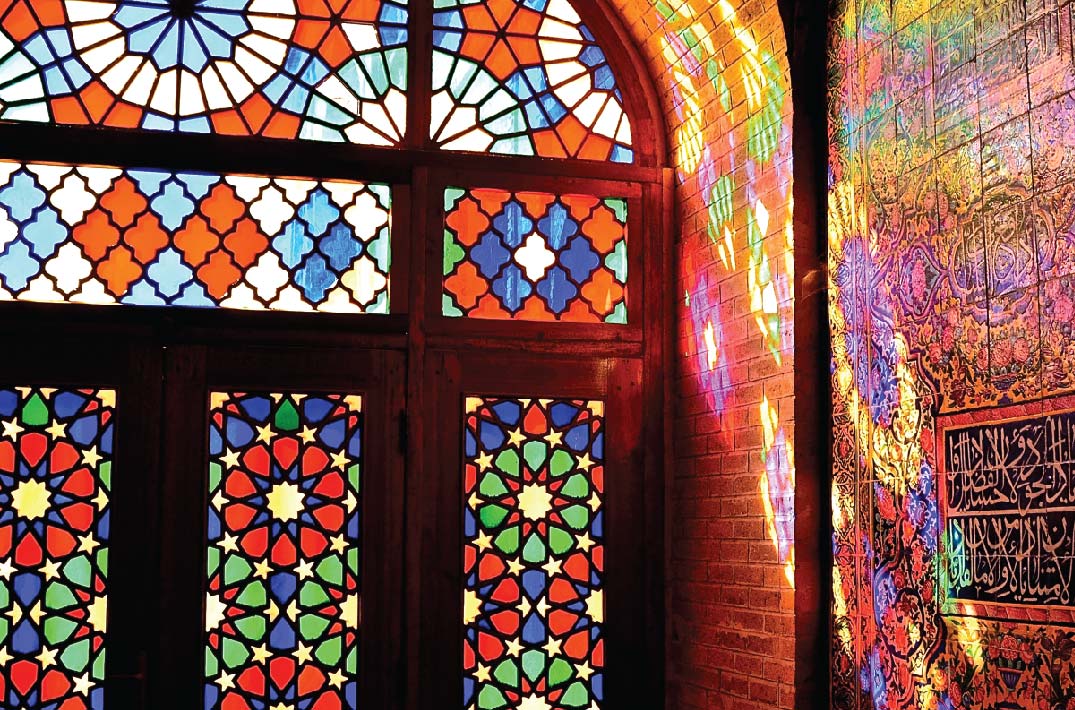
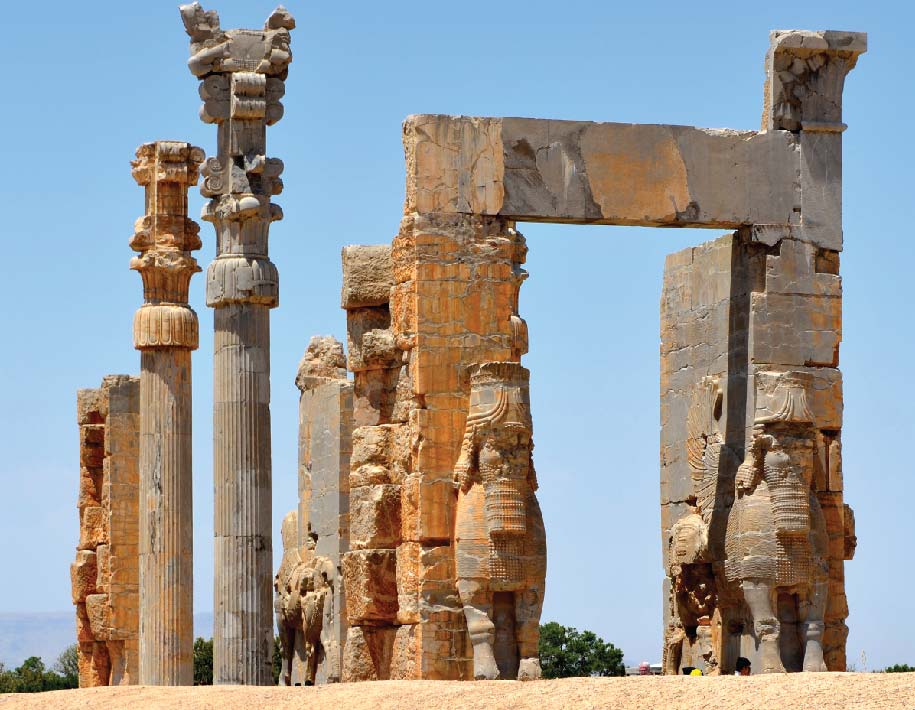
Must see Yazd:
Walk around the Old Town
House of Larry
Tower of Silence
City of Poets
Early next morning we visit Persepolis the 4th century Achaemenid palace believed to be set ablaze by Alexander the great. Yet the marble columns and palace structure is still in good condition and gives you a glimpse into the ancient royal court culture. The cool breeze, lush greenery, flowing water, gardens filled with orange trees makes the city light and whimsical. Famous poets, the likes of Hafez, Saadi and many other chose Shiraz, as their home. The air is fragrant with the smell of orange blossoms and walking along the Narenjestan garden, Persian music is played overhead creating a mood of sublime bliss. The need to create heaven on earth embodies all forms of Islamic architecture in Iran. The char brag and the streams that flow through are modelled after Quranic interpretations of paradise.
The stain glass windows that shown a ray of colour into the Nasir-al-Mulk Mosque are a sight once witnessed, will never leave you. From soups called Ash where pulses, wheat and meat are cooked and ground to make a thick porridge, to beef brain soup or hand made noodle cooked in broth Shiraz has both the exotic and unconventional. However, the most popular item is ‘falooda.’ It is the ancient Persian who invented the concept of fruit or flower extract made into syrups and poured it over crushed ice, which they stored in icehouses.
Traditional Iranian cuisine can be simplified as combination of fresh herbs and spices like saffron, merged with the sweet of pomegranate, barberry, cinnamon and topped off with a flourish of nuts, dried fruits and beans. Like the country, it is complex with layers of flavours that play harmony on your taste buds.
Must see Shiraz:
Persepolis
Bishapur
Nasir al-Mulk Mosque
Tomb of Hafez
ArgeKarim Khan
Pars Museum
Qavam House

